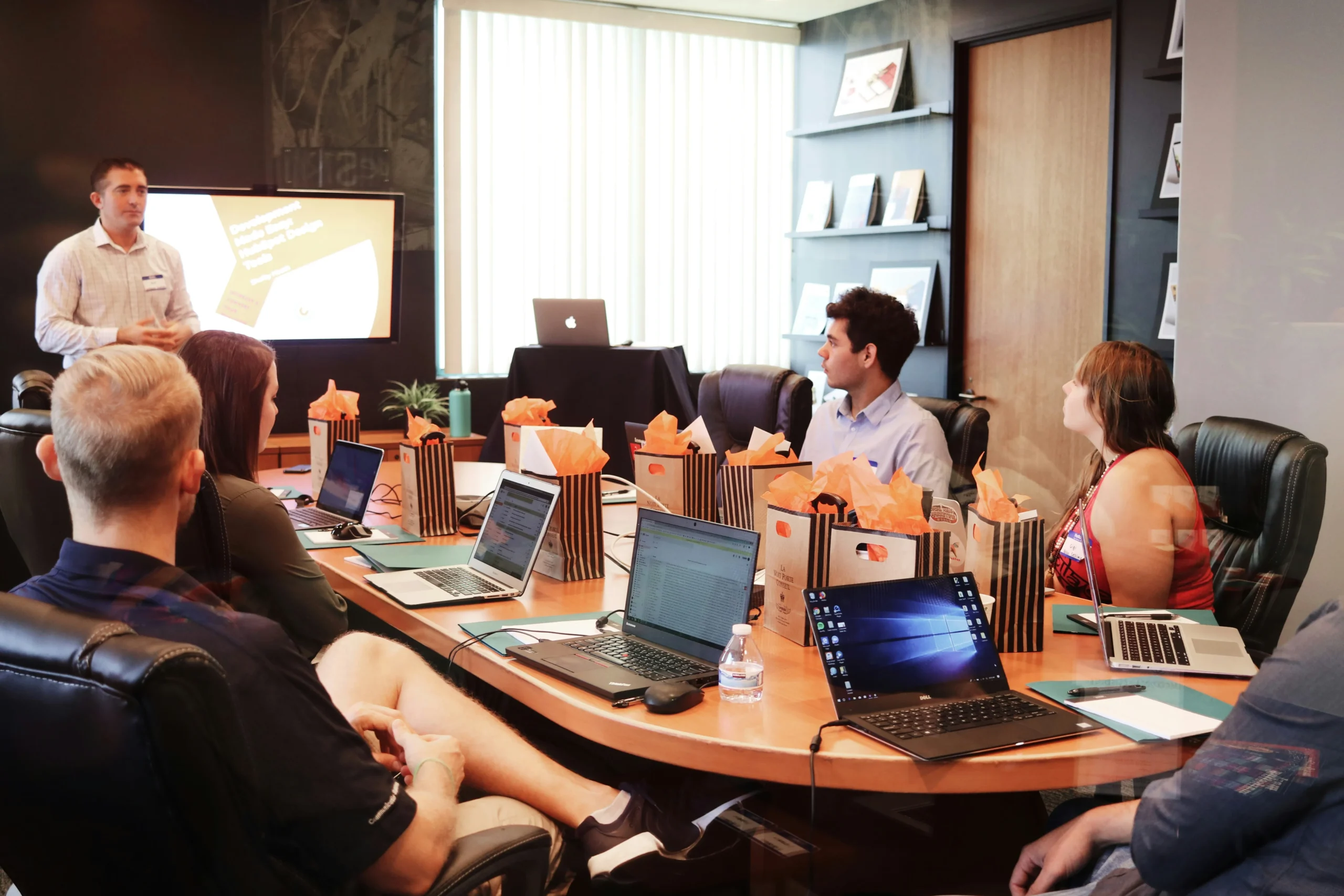In an increasingly conflicted world, it’s time for the traditional goal of conflict resolution – coming to an agreement – to change.
Conflict Is All Around Us
Every day, we are confronted by the headache and heartache of contentious disputes. Perhaps never before have destructive conflicts so divided communities, destroyed relationships, and paralyzed our ability to solve our most important issues.
The question is, How many opportunities are we losing, for lack of a better way of dealing with our differences?
In work, we often come across a common thought that all conflict is bad. But in fact, conflict is natural. It is part of life. Simply by being human, there will surely be different perspectives and interests.
But we have a choice: We can either choose between destructive conflict, which destroys relationships, or constructive conflict, whereby we actually listen to each other, collaborate and negotiate. That is the choice we face.
There is a thought that the world needs more conflict, not less. Why is that?
It may sound strange, but constructive conflict is actually the driving force that pushes society and people to develop. We need conflict to challenge ourselves, to change, to address injustice, and to keep growing. In personal life, we learn and grow through the challenges of conflict.
The Goal Of “Reaching An Agreement” In Conflict Resolution Needs To Change
According to Getting to Yes more than 40 years ago, the word “yes” at that time meant reaching an agreement that satisfied both sides. Today, that meaning needs to be expanded. The “new yes” is not only about reaching an agreement, but about transforming the relationship. Agreements are limited and often transactional; they come and go. Transformation is tied to relationships and can last far into the future.
- Even if we disagree — and we are going to — can we do so in a way that allows us to make progress together?
- Instead of trying to resolve conflict and reach agreement, can we aim for something more realistic and more sustainable than resolution?
- What if we were to focus on transforming conflict from destructive fighting into creative negotiation?
The “new yes” means leaning in and embracing conflicts for all they have to offer us. If we can embrace and transform our conflicts, we can learn to live and work together. That’s the goal of the “new yes.”
Three Steps of Getting to the “New Yes”
1. Going To The Balcony.
Normally, when we fall into conflict, we usually think the biggest obstacle is the “other” — it could be a difficult individual, a rigid organization, or even an entire nation. But the biggest obstacle is actually much closer: it is ourselves.
The problem is that our natural human tendency is to react immediately. We easily act or say something without thinking carefully, and often these reactions go against what we really want to achieve. As the old saying goes, “When you are angry, the speech you give may be the best, but it will also be the one you regret the most.” Often we either attack, or avoid, or accommodate just to get through. But none of these three ways solves the problem at its root.
The solution lies in doing the opposite. And that is the meaning of the image of “going to the balcony.” It means pausing, taking a step back from the situation, instead of reacting right away. It is to see the whole picture rather than being caught up only in what is happening right in front of us.
This is the key precondition for getting to yes for everyone.
2. Bridge-Building.
In today’s world, many people are busy burning bridges, so building bridges between people inside and outside of our organizations is incredibly important work. But it can only happen once we have taken the time to go to the balcony and see the big picture.
In destructive conflict, we dig into our positions and build walls. Again, we need to do the opposite. Imagine I’m standing here and you’re way over there. There’s a big chasm between your position and mine. It’s filled with all the reasons why it’s hard to reach agreement, including doubt, anxiety and fear of looking weak. If I want us to meet, I need to build a bridge — a golden bridge — an inviting way to cross the chasm of conflict.
We need to start to see conflict as three-sided: There’s the work to be done on the first side, which is the balcony work; there’s the work on the second side, which is the bridging work; and there’s the work on the third side, which entails involving the community surrounding the issue. I call this last piece “making room for the third side.” We need to put all three together if we’re going to have a chance to tackle today’s conflicts.
3. Making Room for the Third Side
With conflict, generally speaking, we reduce everything to two sides: Us versus them. And yet in truth, there are never just two sides in any conflict. There is always a third side, which is the surrounding community — the neighbours, the citizens, the co-workers. Everyone else around the situation.
The third side is a way of looking at a conflict not just from one side or the other, but also from the larger perspective of the surrounding community. Any of us can take the third side any time at home, at work, and in the community. You can have natural sympathies for one side or the other and still choose to take the third side — whether it is your family, and organization or your community or the world.
It’s really hard, particularly today, to go to the balcony — and it’s getting harder, so we need help. This assisstance can come from the people around us and even from within ourselves. We can play the role of the third side ourselves if we take the side of the whole.
What Does It Mean to be A “Possibilist?”
A possibilist is neither an optimist nor a pessimist, but someone who recognizes both the negative and positive possibilities in conflict.
History offers clear examples of the “impossible” becoming reality:
- The Cold War ended and the Berlin Wall fell, transforming U.S.–Soviet relations.
- South Africa overcame apartheid without civil war, and Nelson Mandela rose from prison to the presidency.
- Colombia ended a 50-year civil war through six years of tough negotiation.
- On smaller scales, families reconciled, business rivals reunited, and political opponents found common ground.
Destructive conflict can be turned into creative cooperation. Being a possibilist is not easy—it requires patience and persistence. But by facing negative outcomes head-on and using them as motivation, people can pursue positive possibilities.
Source: William Ury






